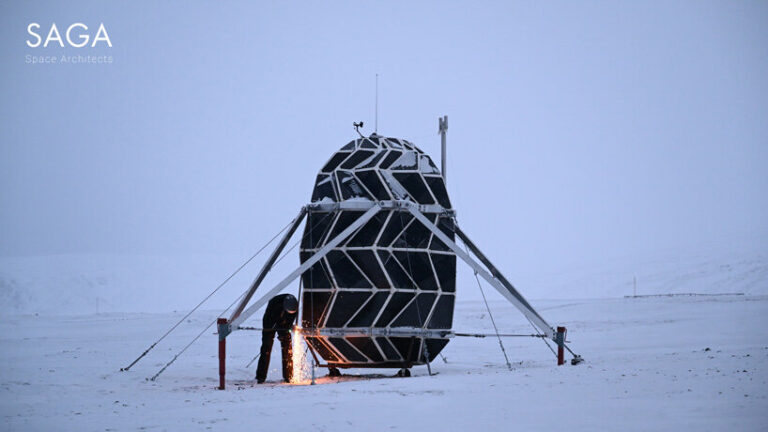
The project is completely independent of any big organizations and we are building the Habitat ourselves here in Copenhagen. Essentially, we’re testing ways to make extreme isolation + hostile environments livable for humans, not just military-trained astronauts. We will live like astronauts in total isolation, testing the Habitat, our bodies, and our minds. Sebastian and Karl were without any internet connectivity in the Lunark shelter and could contact their team at SAGA Space architects with the help of the satellite phone.We’re two Danish architects who’ve designed a Moon Habitat that can unfold like origami and expand its inner volume by 560%! It’s not ready for the Moon yet, but we’ll test it over 3 months in Arctic Greenland. The foldable structure of the shelter is made up of aluminium. The toilet also had a simple fan to remove smells. It also has a toilet cubicle which was designed to separate urine and faeces. The Lunark shelter is equipped with food, furniture and other resources. The performance of the shelter in the Arctic environment will be the basis on which the company will make some final tweaks in the design to make it suitable for the surface of the moon.
Saga lunark how to#
Sebastian believes that the most important thing for architects to figure out is how to sustain a comfortable temperature inside the shelter on the moon for tourists. The foldable structure can be accommodated easily in the spaceships that are sent to the moon.

The size of the shelter is 102 cubic foot to 607 cubic foot. As per Sebastian, even towards the end of the trip when it started getting colder in Greenland, the temperature inside the shelter was comfortable for the two men. Lunark shelter has been designed to tolerate temperatures as low as -49 degree Fahrenheit. He is now back to his Copenhagen home from Greenland. Speaking about his experience, Sebastian said that the biggest conclusion is that it is possible to do an unfolding origami structure. The two men were given satellite phones and rifles in order to save themselves in case of an encounter with the wildlife. The shelter was unfolded by Sebastian and Karl within a day. It weighs 1.7 kilograms and can tolerate wind speed of 55 miles an hour. The design of the structure is inspired from the Japanese paper folding technique origami. The two survived on protein shakes and thawed the ice to be used as water. They lived in the Lunark shelter in Greenland where the temperature was -28 degree Fahrenheit. Their mission is to sell homes for people in space. The two men work at the SAGA Space Architects, a firm hoping to build shelters for space travellers.

The two space architects named Sebastian Aristotelis and Karl-Johan Sørensen designed this home earlier this year and have completed two months living in this shelter, reported Daily Mail. The shelter named Lunark is situated in Greenland.


Two architects have lived 60 days in a shelter that simulated harsh moon-like conditions.


 0 kommentar(er)
0 kommentar(er)
